Sacred Settlement Update: What can we learn from Minneapolis encampments?

The Minneapolis Park Board opened their parks to the homeless last month, and there are now encampments in about 35 park locations. Some of the larger encampments include Elliot, Peavey, Kenwood and Lyndale Farmstead parks, according to Park Board tent counts. The Star Tribune has published a number of articles on these encampments in the last few weeks, and I was struck by a few things that I thought related to the proposed Sacred Settlement at Faith.
First, each of these encampments has their own identities and their own rules that they live by.
The Kenwood encampment was organized with a very specific purpose in mind. The camp mainly consists of working people that are searching for affordable housing. They do not allow alcohol or drugs in their encampment, and one of the main goals of the county workers and individuals helping the homeless at Kenwood was to get each of them a PO box. Why on earth would it be a priority to get these people a PO box? An address is needed to get an identification card and an identification card is needed to get on the affordable housing list. The people are part of a community with a shared purpose.
Contrast Kenwood with the Powderhorn Park encampment, which has been in the news a lot lately, with violence and a string of sexual assaults that has captured headlines. Volunteers patrol the encampment looking for signs of trouble, but despite their efforts, a shooting happened as recently as the day I am writing this blog. It saddens me that people need to live in an environment with these types of daily risks, and its worth noting that despite the risks, a lot of the people living there find it preferable to other options available to them. One part of the story, in particular, stood out to me, so I thought I would share it verbatim.
Tonya Rainey, 47, and her daughter Julia Rainey, 29, stayed at the Wall of Forgotten Natives, a camp set up in 2018 at Hiawatha and Franklin Avenues where they saw people openly doing drugs. After that disbanded, they scratched out a life on the streets. Tonya said she stopped going to homeless shelters after she was raped there, and knows many women who have been assaulted in shelters.
As blasting car music punctuated their stories, the Ojibwe women described how hard it was to find housing with Tonya’s criminal history and Julia’s rental evictions.
“I don’t even want to look now … I don’t want to get told no,” said Julia, who was writing “homeless” on a piece of cardboard to solicit donations off the street later. “I’m afraid of rejection, I guess.”
Tonya said the government should be here to find people housing, counseling, addiction treatment, job services or assisted living. “I don’t have another winter in me,” she said. “I would just like to be in a home somewhere, comfortably living my life.”
How would Tonya’s life change if she had a tiny home at Faith Lutheran that had four walls and a locking door? How much peace of mind would she have knowing that the Sacred Settlement would be protected by a fence and have only a single, secured point of entry? If she chooses to live in Powderhorn Park right now, what would happen if she was surrounded by a settlement created with a Community First perspective that provided her with support? We may not be able to help every person like Tonya, but a few tiny houses would make all the difference in the world to the people that lived in them.
Content from this blog was derived from the following Star Tribune articles:
https://www.startribune.com/kenwood-homeless-encampment-is-not-what-it-seems/571712042/?refresh=true
If you have any questions or comments on the Sacred Settlement, you can reach the development team at






Login To Leave Comment